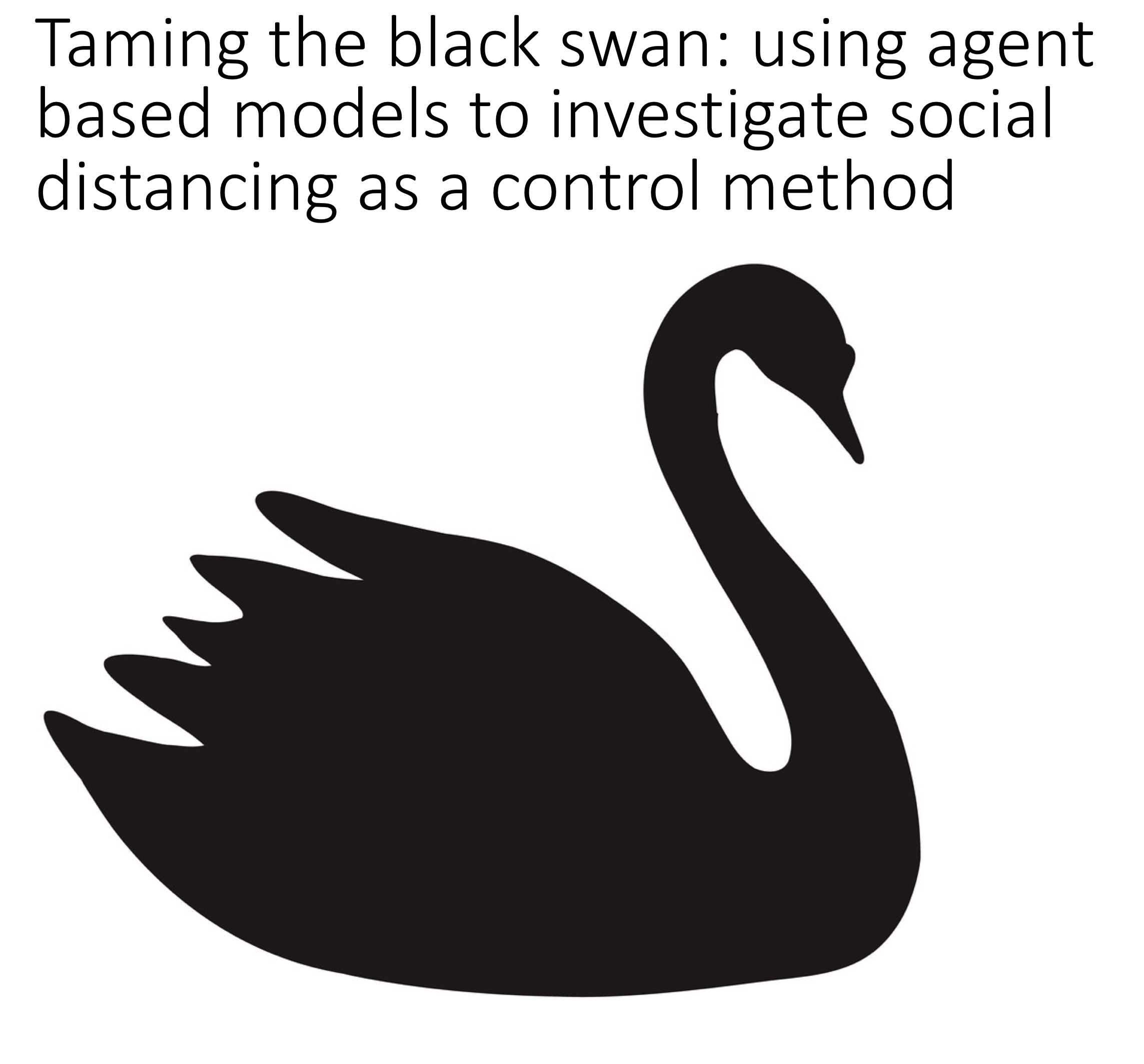Using Agent Based Models on small world networks to understand disease transmission

Project Information
pythonProject Status: Complete
Project Region: Northeast
Submitted By: Jane Molofsky
Project Email: jane.molofsky@uvm.edu
Project Institution: University of Vermont, work will be remote
Anchor Institution: NE-University of Vermont
Mentors: Keri Toksu
Students: Nicole Tiao
Project Description
We would like to model the spread of the SARS COVID-19 virus on a college campus by using an Agent Based Model in a small world network. We began this project during the NET-COVID online meeting hosted by the University of Vermont Complex Systems Center and the University Maryland COMBINE program. The results of this work is currently in review at PLOSONE and archived at http://arxiv.org/abs/2005.09751---
We investigate how three social distance remediation measures work alone (1. Top down social distancing imposed on the entire population,2) self-isolation following contact with an infected individual and 3) viral shedding remediated through mask wearing) and interact with each other to control the epidemic of COVID-19. Our results show that there is a threshold effect. When social distancing measures are at or above 75%, the viral infection rate is very low. If social distancing measures are between 60-75%, self-isolation of exposed individuals following contact with an infected person can also keep viral outbreaks small. Finally, the adoption of mask wearing by large numbers of the populations can contain the outbreak if social distancing is kept at levels of around 60%.

Project Information
pythonProject Status: Complete
Project Region: Northeast
Submitted By: Jane Molofsky
Project Email: jane.molofsky@uvm.edu
Project Institution: University of Vermont, work will be remote
Anchor Institution: NE-University of Vermont
Mentors: Keri Toksu
Students: Nicole Tiao
Project Description
We would like to model the spread of the SARS COVID-19 virus on a college campus by using an Agent Based Model in a small world network. We began this project during the NET-COVID online meeting hosted by the University of Vermont Complex Systems Center and the University Maryland COMBINE program. The results of this work is currently in review at PLOSONE and archived at http://arxiv.org/abs/2005.09751---
We investigate how three social distance remediation measures work alone (1. Top down social distancing imposed on the entire population,2) self-isolation following contact with an infected individual and 3) viral shedding remediated through mask wearing) and interact with each other to control the epidemic of COVID-19. Our results show that there is a threshold effect. When social distancing measures are at or above 75%, the viral infection rate is very low. If social distancing measures are between 60-75%, self-isolation of exposed individuals following contact with an infected person can also keep viral outbreaks small. Finally, the adoption of mask wearing by large numbers of the populations can contain the outbreak if social distancing is kept at levels of around 60%.